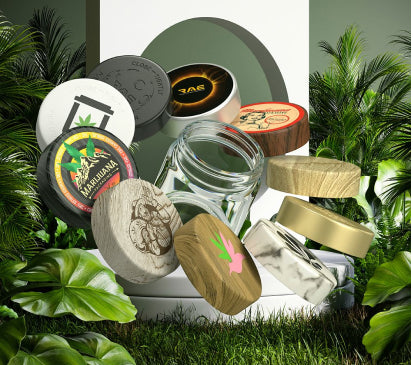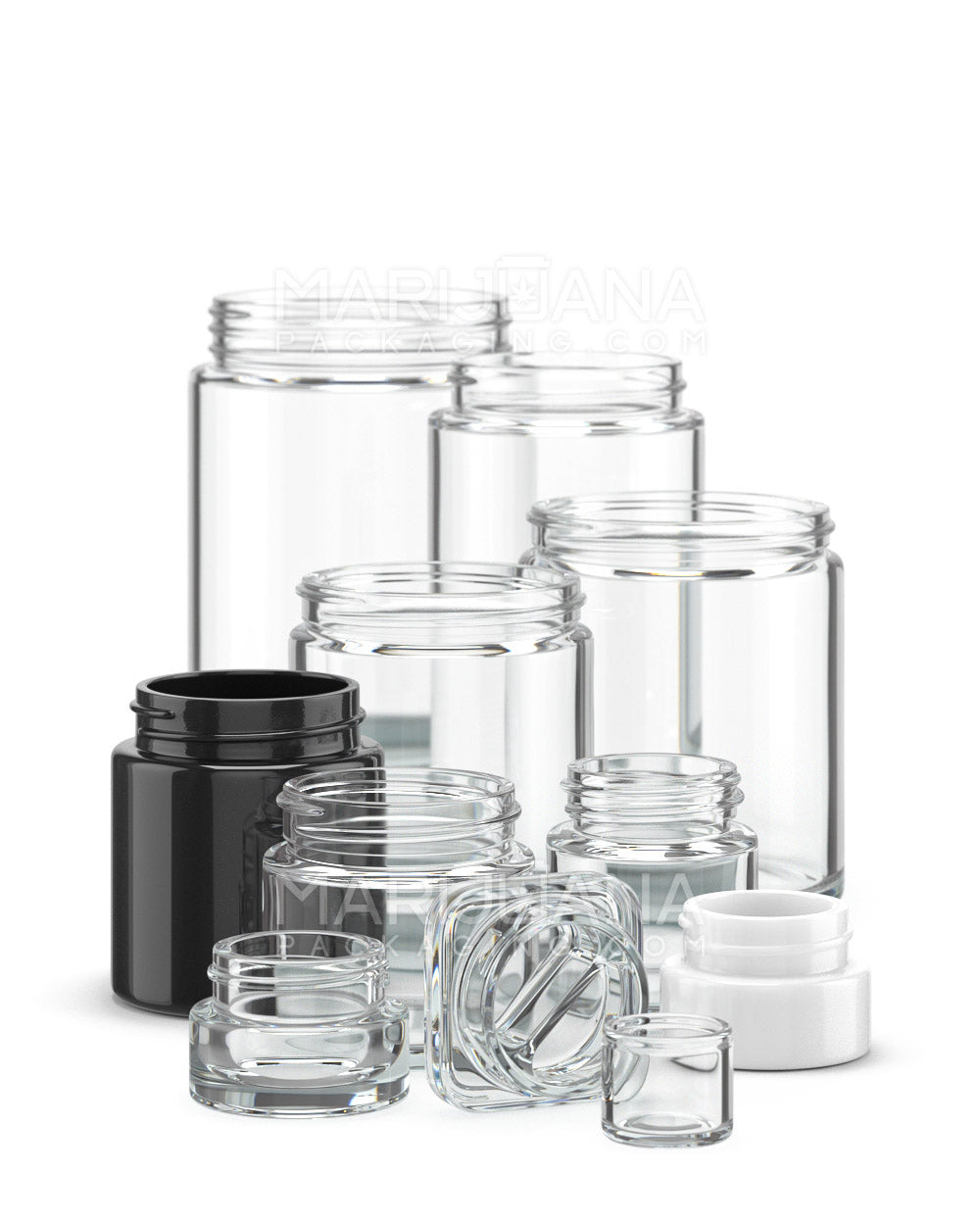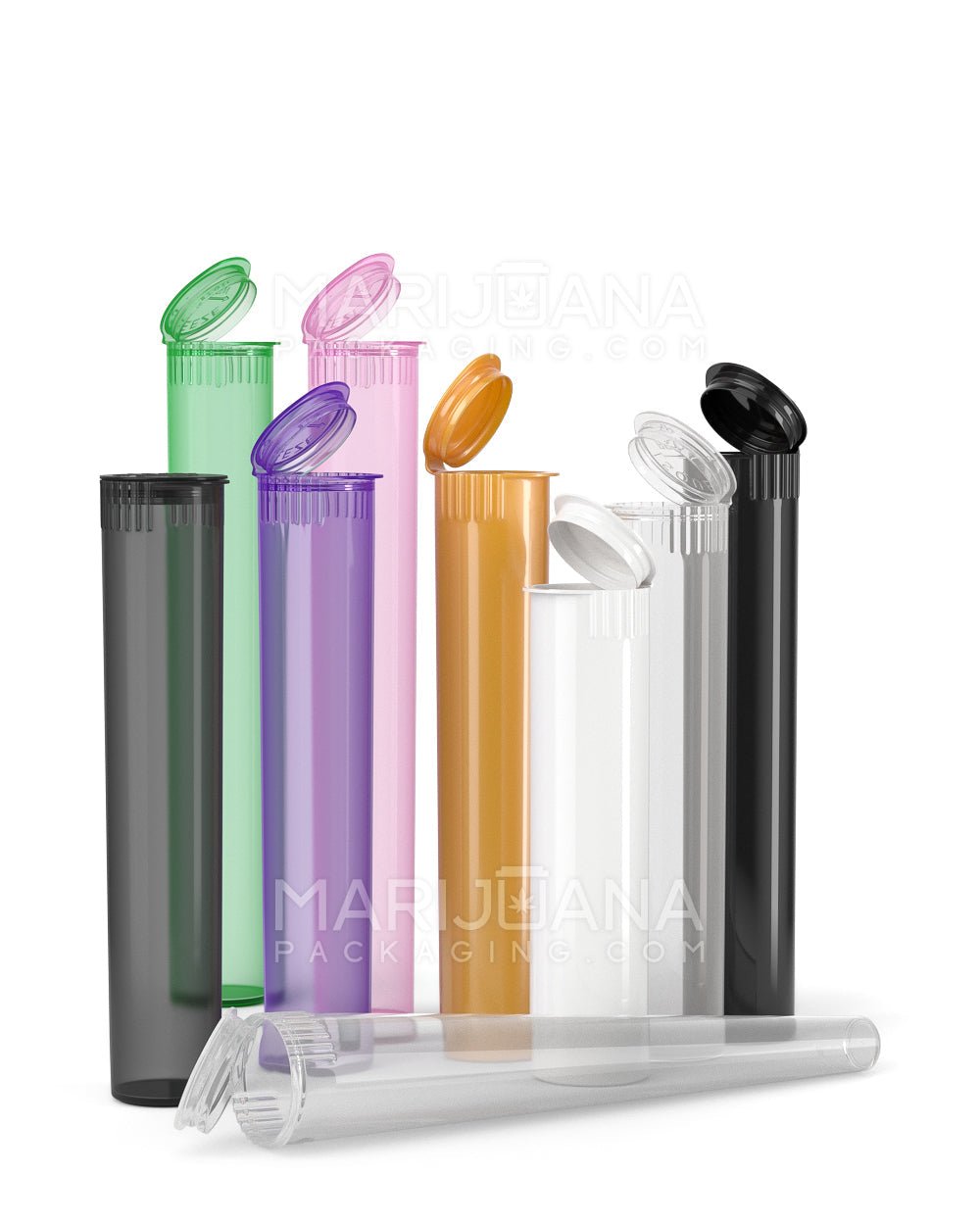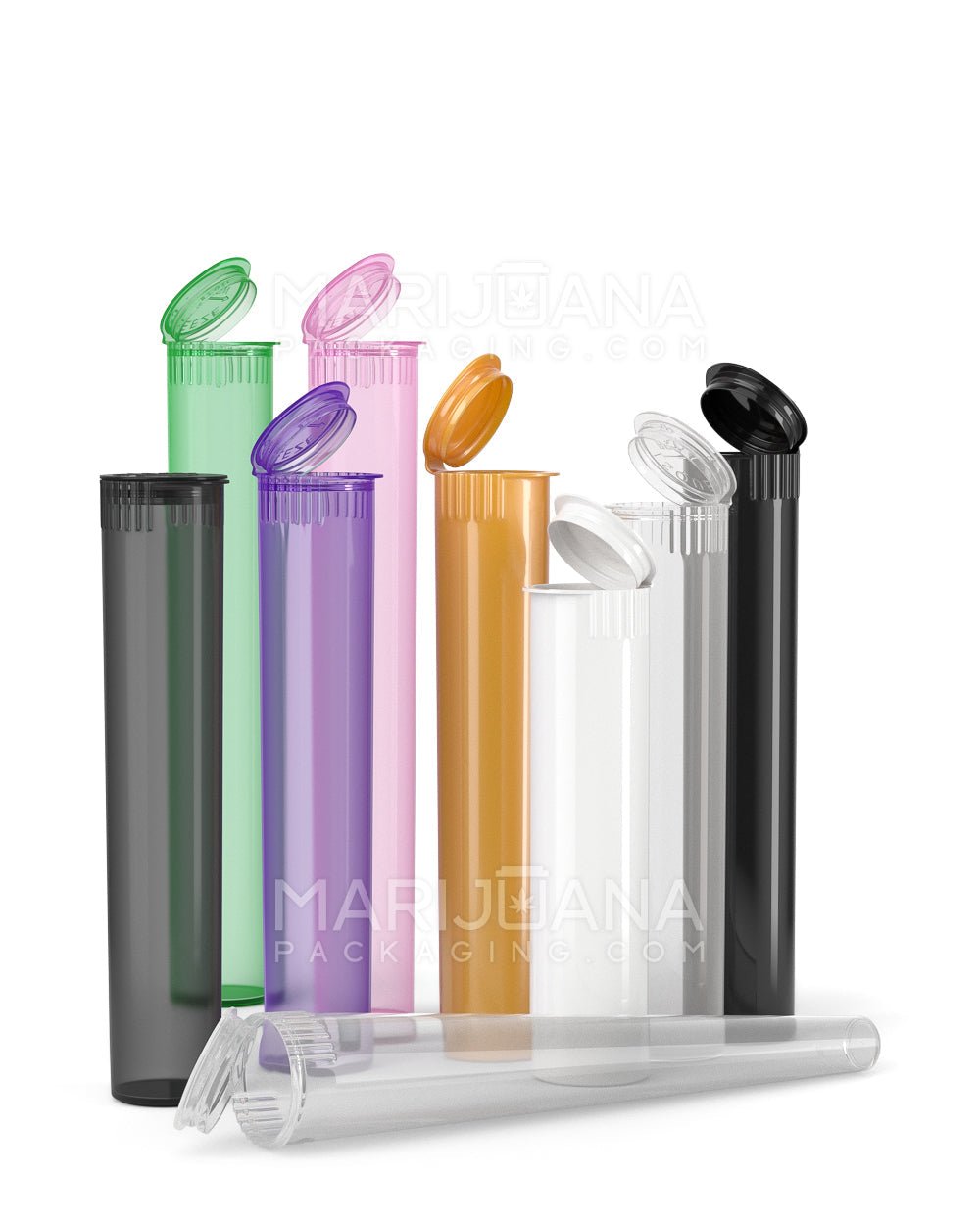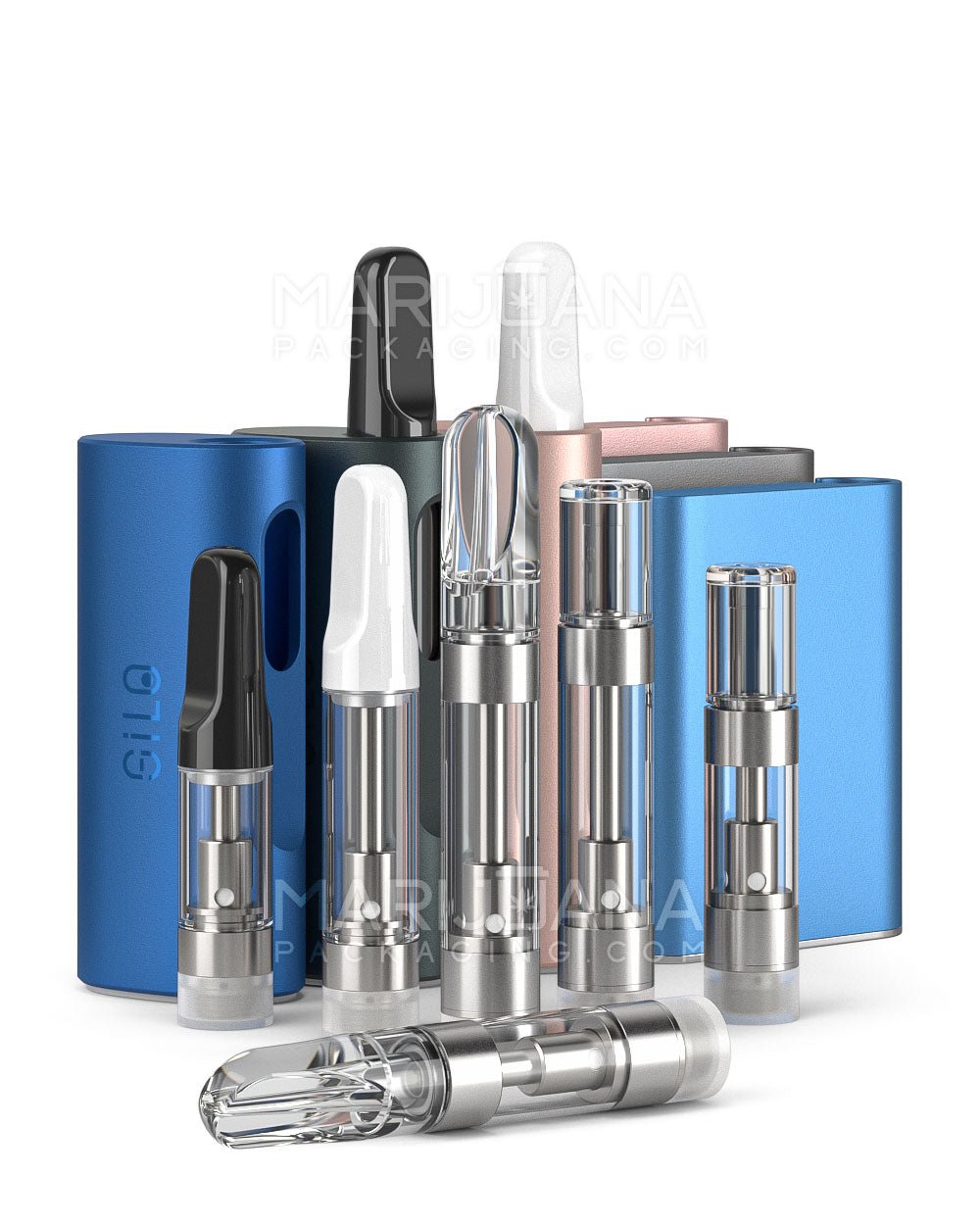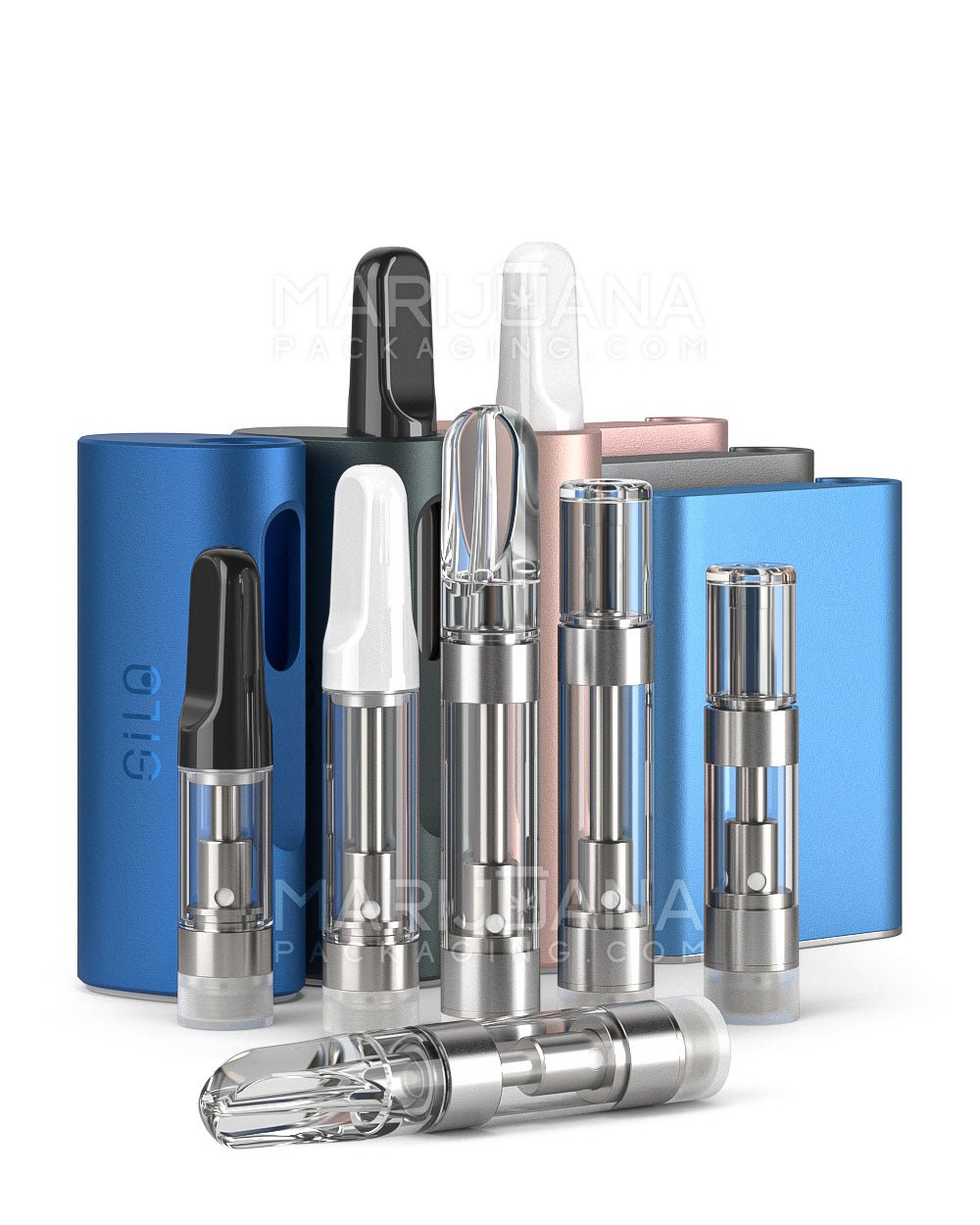Getting the right nutrients for your marijuana plants is like finding the perfect recipe for your favorite dish. Just like a chef knows which ingredients make a meal sing, a grower must understand what makes cannabis thrive. The right blend of nutrients can mean the difference between a mediocre harvest and a bumper crop.
In this article, we'll talk about the essential nutrients your cannabis plants need, how to balance them, and some common pitfalls to avoid. By the time you’re done reading, you'll be better equipped to nurture your plants into healthy, bountiful producers.
Primary Nutrients: N-P-K
Let's start with the big three: Nitrogen (N), Phosphorus (P), and Potassium (K). These are the primary nutrients every cannabis plant needs in abundance. Often referred to as N-P-K, they're the foundation of a healthy plant diet.
Nitrogen (N): This nutrient is crucial during the vegetative stage, helping plants grow tall and leafy. Think of it as the fuel for your plant's growth engine. Too little nitrogen, and your plants might look pale and stunted. Too much, and they could become bushy with fewer buds.
Phosphorus (P): This is the go-to nutrient for root development and flower production. It’s essential during the flowering stage, helping develop those dense, resin-rich buds. A phosphorus deficiency can lead to slow growth and poor bud formation.
Potassium (K): Potassium helps with overall plant health, aiding in water uptake and disease resistance. It’s like the plant’s immune system booster. Without enough potassium, your plants might struggle to transport nutrients, leading to weak stems and poor yield.
Finding the right balance of N-P-K is key. During the vegetative stage, aim for a higher nitrogen mix. When your plants start flowering, switch to a formula with more phosphorus and potassium.
Secondary Nutrients: Calcium, Magnesium, and Sulfur
Beyond the primary nutrients, cannabis plants also need secondary nutrients, albeit in smaller quantities. These are like the supporting cast in a movie, not the stars, but essential for a great performance.
Calcium: This helps build strong cell walls, promoting healthy growth. It’s crucial for root and leaf development. Symptoms of calcium deficiency include distorted leaves or weak stems. Adding dolomite lime or gypsum to your soil can help maintain calcium levels.
Magnesium: Magnesium is vital for photosynthesis, making it possible for plants to turn sunlight into energy. If you notice yellowing between the veins of older leaves, your plants might be crying out for magnesium. Epsom salts are a common remedy to boost magnesium levels.
Sulfur: Although needed in small amounts, sulfur is important for producing vitamins and amino acids. It helps in chlorophyll formation and gives some strains their distinct aroma. Deficiency symptoms include yellowing leaves and stunted growth.
These secondary nutrients often come as part of a balanced fertilizer, so make sure to read product labels carefully to ensure your plants get what they need.
Micronutrients: The Unsung Heroes
Micronutrients are needed in even smaller amounts but are still crucial to plant health. It’s easy to overlook these, but deficiencies can cause significant issues.
Iron: Essential for chlorophyll production, iron helps keep your plants green and healthy. Iron deficiencies manifest as yellowing leaves with green veins. Chelated iron products can help fix this.
Manganese: This aids in enzyme activity and nitrogen metabolism. A lack of manganese can cause leaves to yellow while veins remain green. Most commercial fertilizers contain enough manganese to prevent issues.
Boron, Zinc, Copper, and Molybdenum: These trace elements support various physiological functions. Boron is crucial for cell wall formation, zinc for enzyme function, copper for photosynthesis, and molybdenum for nitrogen utilization. These are typically present in high-quality soil mixes or can be added through trace mineral supplements.
When using nutrient solutions, it’s important not to overdo it. Micronutrient toxicity can be as damaging as deficiencies, so follow the recommended dosages.
Organic vs. Synthetic Nutrients
Choosing between organic and synthetic nutrients is like deciding between home-cooked meals and ready-to-eat options. Both have their pros and cons, and the best choice depends on your growing style and goals.
Organic Nutrients: Derived from natural sources like compost, bone meal, or fish emulsion, organic nutrients improve soil health and microbial activity. They release nutrients slowly, reducing the risk of overfeeding. However, they can be more expensive and slower to show results.
Synthetic Nutrients: These are man-made and typically come in liquid or powder form. They provide precise nutrient control and fast results. However, they can accumulate in the soil, potentially harming microbial life and leading to nutrient lockout if not managed properly.
Many growers use a combination of both to harness the benefits of each. For instance, using organic amendments to build soil health while supplementing with synthetic nutrients during key growth stages.
The Importance of pH Levels
Even with the best nutrients, if your pH levels are off, your plants might not absorb them properly. Think of pH as the gatekeeper to nutrient uptake.
Cannabis prefers a slightly acidic environment. For soil grows, aim for a pH of 6.0 to 7.0. In hydroponics, the range is narrower, around 5.5 to 6.5. If the pH is too high or too low, it can lock out certain nutrients, leading to deficiencies.
Regularly test your water and nutrient solutions to ensure they fall within this range. pH meters and test kits are readily available and easy to use.
Common Nutrient Issues and How to Solve Them
Nutrient problems can sneak up on you, even if you’re diligent. Here are some common issues and tips to resolve them.
Nutrient Burn: This occurs when there’s too much fertilizer, leading to brown, crispy leaf tips. The solution? Flush your plants with pH-balanced water to remove excess nutrients.
Nutrient Deficiency: Symptoms vary by nutrient but often include yellowing leaves, poor growth, or unusual spots. Identify the deficient nutrient and adjust your feeding schedule or supplements accordingly.
Nutrient Lockout: This happens when plants can’t absorb nutrients due to pH imbalance or excess salts. Flushing with pH-balanced water and ensuring proper drainage can help.
Regular monitoring and quick responses can keep your plants thriving.
Feeding Schedules: When and How Much
Getting your feeding schedule right is like setting your alarm clock—too much or too little can throw everything off balance.
During the vegetative stage, cannabis plants are hungrier for nitrogen. Feed them every other watering session, gradually increasing as they grow. Once flowering begins, switch to a nutrient mix higher in phosphorus and potassium, reducing nitrogen.
Every strain is different, so keep an eye on your plants for signs of over or underfeeding. Adjust as necessary based on their responses.
Water Quality and Its Influence on Nutrient Uptake
Your water quality plays a huge role in nutrient absorption. Poor-quality water can lead to nutrient lockout or toxicity.
Hard water contains high mineral content, which might affect nutrient uptake. Consider using a reverse osmosis system to purify your water. On the flip side, distilled or reverse osmosis water lacks minerals, so you might need to add a calcium-magnesium supplement.
Regular water tests can help you address any issues before they affect your plants.
Organic Amendments and Their Benefits
Organic amendments are natural materials added to soil to improve its structure and nutrient content. They’re like superfoods for your garden.
Common amendments include compost, worm castings, and kelp meal. These not only provide nutrients but also enhance soil health, promoting beneficial microbial activity.
Using organic amendments can lead to more flavorful and aromatic buds, making them a favorite among growers who prioritize quality over quantity.
Final Thoughts
We've covered a lot of ground on the nutrients marijuana plants need to flourish. From the essential N-P-K to the micronutrients that play smaller yet vital roles, each nutrient helps your plants reach their potential. Balancing these nutrients, monitoring pH levels, and choosing between organic and synthetic options are all part of the journey to a successful grow.
When it comes to packaging your harvest, Gamut's full-scale packaging services offer everything you need to make your product stand out. Whether you're looking for stock options or custom designs, their expertise ensures your cannabis is presented at its best. From jars to bags, Gamut provides a wide range of solutions tailored to your needs, helping your brand remain unforgettable in the market.




